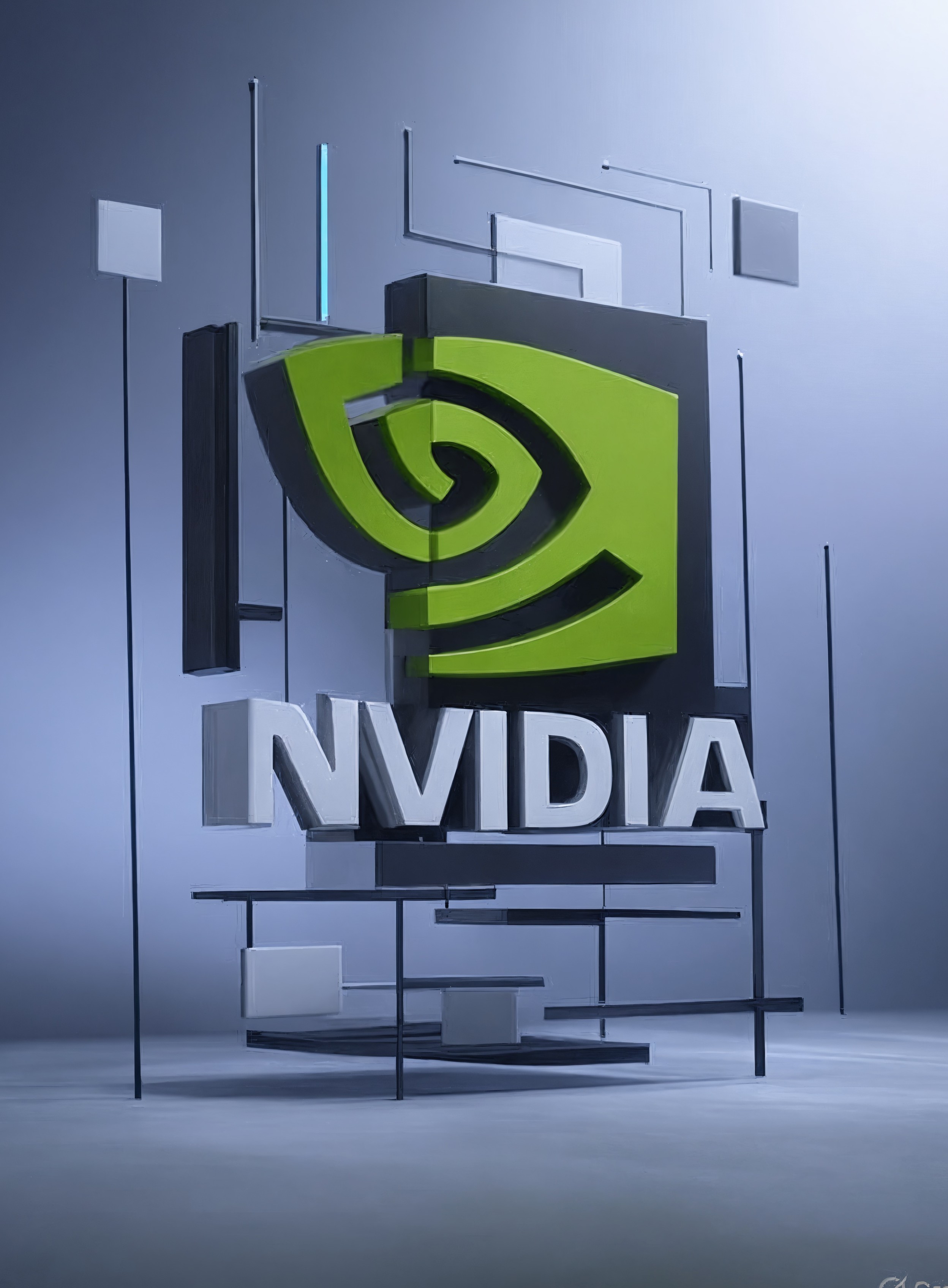
AI Efficiency and Indie Gaming Innovation
Technological advancements often converge around efficiency and creativity, reshaping consumer experiences in unexpected ways. Recent developments in AI models and indie games illustrate this dynamic, where cost reductions enable broader access and quirky narratives drive engagement. xAI's latest AI iteration pairs with an unconventional game release to highlight broader shifts in platform strategies and business models.
The Push for AI Efficiency: xAI's Grok 4 Fast
xAI has introduced Grok 4 Fast, a refined version of its Grok 4 model that slashes costs while preserving performance. This update achieves a 98% price reduction by using 40% fewer thinking tokens on average, making high-level AI capabilities more accessible. The model's unified architecture switches seamlessly between a reasoning mode for complex tasks and a non-reasoning mode for quick responses, optimizing resource use without compromising output quality.
Competitive Dynamics in AI Development
In benchmarks like LMArena, Grok 4 Fast ranks eighth in text-related tasks and excels in search functions, positioning it as a strong contender against models from Google and Anthropic. This efficiency stems from modular design, allowing dynamic adjustments based on query demands. Such architecture reflects aggregation theory principles, where AI platforms aggregate computational resources to deliver value at lower costs, much like how cloud providers bundle services to attract developers.
The business model implications are profound. By reducing operational expenses, xAI lowers barriers for startups and enterprises integrating AI into applications. Consider the fintech sector, where cost-effective models enable real-time fraud detection without prohibitive fees. This mirrors network effects in platform ecosystems: as more users adopt Grok due to its affordability, xAI gains data for further refinements, strengthening its competitive moat.
Addressing Past Challenges and Market Positioning
Following incidents with earlier versions, such as controversial outputs, xAI's focus on reliability enhances its appeal. The broad rollout across web, iOS, and Android platforms democratizes access, aligning with consumer tech trends toward seamless integration. Competitors like Google's impending Gemini updates and Anthropic's Claude Opus evolutions intensify this race, pushing the industry toward hybrid models that balance power and efficiency.
Indie Gaming's Creative Edge: Henry Halfhead
Lululu Entertainment's Henry Halfhead emerges as a standout in indie gaming, blending whimsy with emotional depth. Players control a character reduced to half a head, possessing over 250 everyday objects to navigate life's stages from infancy to adulthood. Released on Nintendo Switch, PC via Steam, and PlayStation 5, the game supports local co-op, encouraging collaborative puzzle-solving.
Business Models in Indie Development
Priced at $12.99 with launch discounts on Steam, Henry Halfhead leverages accessible pricing to build community momentum. This strategy echoes zero marginal cost distribution in digital platforms, where indie studios use marketplaces like Steam to reach global audiences without traditional publishing overheads. The game's origins in a student project, supported by cultural grants and mentorship, underscore the role of ecosystems in fostering innovation. Co-publisher Popagenda's involvement in marketing amplifies visibility, illustrating how partnerships extend reach in fragmented markets.
Critics highlight its charm and narrative innovation, though some note repetitive elements in puzzles. The possession mechanic, allowing objects to gain unique abilities, creates emergent gameplay that rewards experimentation. This design fosters player agency, akin to how sandbox games build loyalty through user-generated content.
Platform Dynamics and Market Trends
Henry Halfhead fits into a trend where indie titles emphasize emotional storytelling over high-fidelity graphics, competing with AAA games through niche appeal. Platforms like Nintendo Switch, with their hybrid nature, provide fertile ground for such titles, enabling portable, social experiences. The co-op mode enhances network effects, as shared play sessions drive word-of-mouth promotion, similar to viral mechanics in social platforms.
Synthesizing Trends: Efficiency Meets Creativity
These developments reveal interconnected trends in consumer tech and AI. Grok 4 Fast's efficiency parallels Henry Halfhead's accessible design, both democratizing advanced experiences. In AI, cost reductions enable integration into gaming, such as procedural content generation that could expand object interactions in titles like Henry Halfhead.
From a strategic framework, consider the value chain: AI providers like xAI supply foundational tools that indie developers leverage for innovation. This creates a flywheel effect—efficient AI lowers creation costs, spurring more content, which in turn demands better AI. Competitors must adapt; for instance, OpenAI's GPT series could incorporate similar modular efficiencies to maintain dominance.
Industry data supports this synergy. AI's role in gaming grows, with models aiding in narrative generation and asset creation, reducing development time for studios like Lululu. Meanwhile, games inspire AI interfaces, making them more engaging and human-like, as seen in Grok's responsive architecture.
Future Outlook and Strategic Recommendations
Looking ahead, Grok 4 Fast may catalyze AI adoption in cost-sensitive sectors, pressuring rivals to prioritize efficiency. Predictions suggest hybrid architectures becoming standard, enabling scalable applications from education to e-commerce.
For indie gaming, Henry Halfhead's success could inspire mechanics centered on transformation and empathy, with expansions focusing on multiplayer. Studios should pursue platform-agnostic strategies, using AI for procedural enhancements to extend game lifecycles.
Recommendations include monitoring AI-gaming intersections: developers might integrate models like Grok for dynamic storytelling, while AI firms could partner with indies for real-world testing. This convergence promises richer consumer experiences, driven by incentives aligning efficiency with creativity.
Key takeaways emerge from these examples. Efficiency in AI unlocks broader innovation, while creative indie approaches challenge established models. Together, they signal a tech landscape where accessibility and imagination redefine competitive advantages, fostering ecosystems that reward adaptability and user-centric design.
Comments
Read more

Investments Fuel Sustainable Tech and AI Growth
Global partnerships in wind propulsion and AI funding highlight strategic shifts toward efficiency and decarbonization in maritime and enterprise sectors.

Series A Investor Veto Rights Exposed
Uncover how Series A investors routinely secure veto power over startup sales, shaping exits and strategies in a tough VC landscape.

Nvidia Opens AI Animation to All: Tech Shifts Ahead
Nvidia's open-source move democratizes AI avatars, intersecting with Nintendo's leadership change and Facebook's cultural reckoning in evolving tech landscapes.